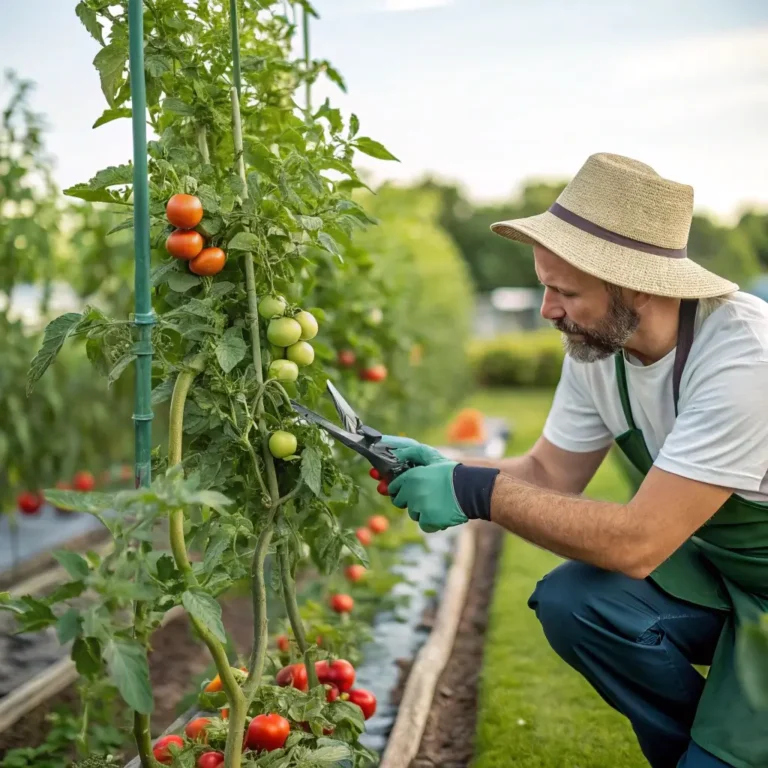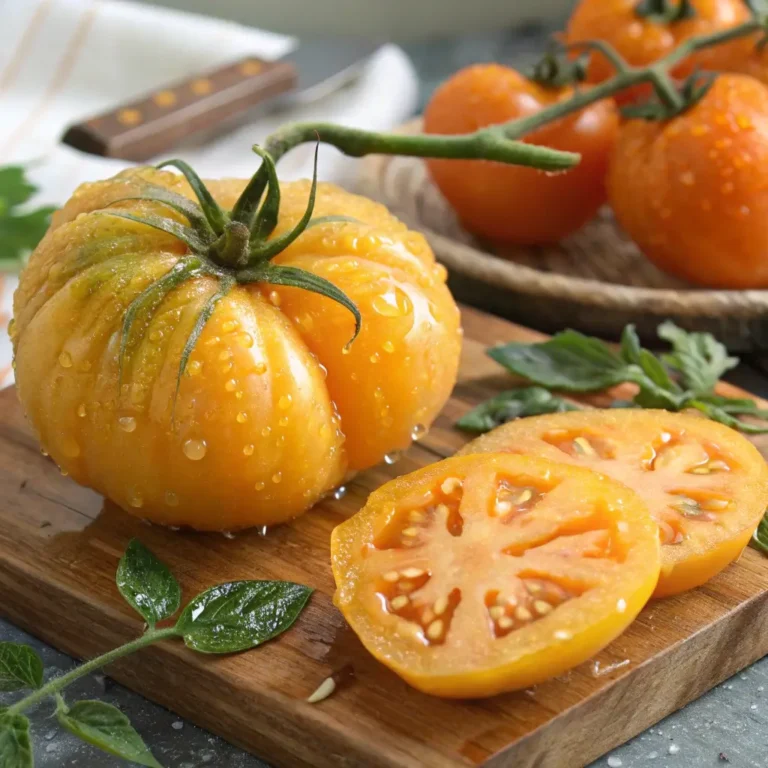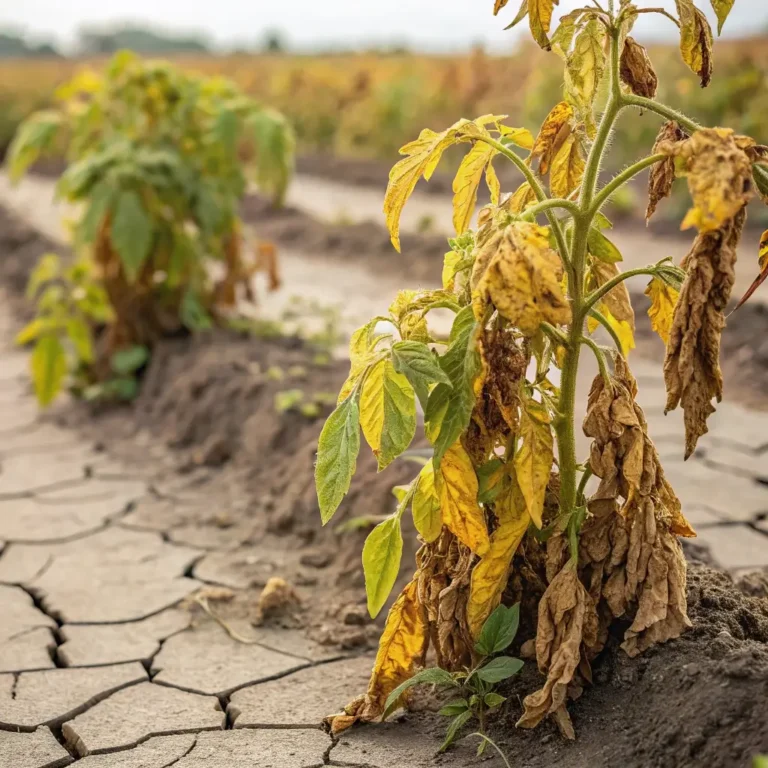5 Secrets About San Marzano Tomato-Discover its Profile and Grow Guide
Table of Contents
Introduction
Did you know that San Marzano tomatoes contain up to 24% less water than regular tomato varieties, making them the gold standard for chefs creating rich, concentrated sauces? This surprising fact is just one reason why San Marzano Tomato-Discover its Profile and Grow Guide is essential reading for both culinary enthusiasts and home gardeners. These elongated, vibrant red fruits have gained legendary status in Italian cooking, but many gardeners are unaware of the specific techniques needed to successfully cultivate them outside their native volcanic soil near Mount Vesuvius. Whether you’re planning your vegetable garden or seeking to elevate your cooking, understanding the unique characteristics of San Marzano tomatoes can transform both your harvests and your recipes.
The San Marzano Profile
True San Marzanos Have Unique Characteristics
The authentic San Marzano tomato is not just any plum tomato. These distinctive fruits feature:
- Elongated shape (typically 3-4 inches long)
- Pointed end
- Deep red color
- Thick flesh with minimal seeds
- Low acidity (pH averaging 4.4-4.6 compared to 4.2-4.3 in regular tomatoes)
- Sweet flavor with less bitterness
- Firm texture that holds up during cooking
What many gardeners don’t realize is that true San Marzanos are actually a protected designation of origin (DOP) product in Italy, much like Champagne. Seeds labeled “San Marzano type” may produce similar but not identical fruits to those grown in the volcanic soil of the Campania region.
Growing Conditions
They Need Specific Climate Conditions
San Marzano tomatoes require:
- Full sun exposure (minimum 8 hours daily)
- Temperatures between 70-85°F (21-29°C) during the day
- Well-draining soil with pH 6.0-6.8
- Consistent moisture (approximately 1-1.5 inches of water weekly)
- Growing season of 75-85 days
Data shows that maintaining evening temperatures above 55°F (13°C) is critical for proper fruit development, with studies indicating up to 35% reduction in yield when nighttime temperatures consistently drop lower.
Planting Guide
Proper Spacing Makes A Dramatic Difference
Start seeds indoors 6-8 weeks before your last frost date. When transplanting seedlings:
- Space plants 24-36 inches apart in rows
- Place rows 36-48 inches apart
- Plant deeper than they were in containers (bury up to first true leaves)
- Provide support structures immediately (stakes or cages)
Research from agricultural extensions shows that proper spacing can increase yields by up to 25% compared to crowded plantings by reducing disease pressure and improving air circulation.
Special Care Requirements
San Marzano tomatoes demand some specialized care:
- Prune to 1-2 main stems for maximum production
- Remove suckers weekly
- Fertilize with lower nitrogen formulations (5-10-10) to prevent excessive foliage
- Apply calcium supplements to prevent blossom end rot
- Mulch with red plastic to increase yields (studies show up to 20% higher production)
Harvesting Tips
Harvest San Marzano tomatoes:
- When fully red but still firm
- With stem attached when possible
- During morning hours (produce contains up to 30% more soluble solids)
- Over multiple pickings (plants typically produce for 4-6 weeks)
Many gardeners make the mistake of waiting until fruits are overly soft, which significantly reduces storage life and processing quality.
Disease Prevention
Disease Resistance Is Lower Than Modern Hybrids
San Marzanos are more susceptible to certain diseases than modern hybrid tomatoes. Preventative measures include:
- Crop rotation (wait 3-4 years before planting in the same location)
- Regular inspection for early blight and septoria leaf spot
- Watering at soil level to keep foliage dry
- Applying copper-based fungicides preventatively in humid conditions
- Removing and destroying affected plants immediately
Maintaining proper airflow can reduce disease incidence by up to 40% according to university extension research data.
Seed Saving
For preserving your successful San Marzano line:
- Select fruits from the healthiest, most productive plants
- Allow fruits to fully ripen on the vine
- Ferment seeds for 2-3 days before drying
- Store in cool, dry conditions for up to 4 years viability
Culinary Uses
They’re Not Just For Sauce
While San Marzanos are renowned for creating the world’s finest tomato sauces, their versatility extends to:
- Whole peeled canning (their firm flesh maintains integrity)
- Sun-drying (higher solid content means 30% faster drying time)
- Roasting (caramelizes exceptionally well due to higher sugar content)
- Fresh eating in salads (distinctive sweet-acid balance)
- Tomato paste (requires 25% less cooking time to reach proper consistency)
Conclusion
The San Marzano tomato stands apart as a gardening challenge worth accepting and a culinary ingredient worth seeking. From their specific growing requirements to their unmatched cooking qualities, these special tomatoes reward those willing to give them the extra attention they demand. By following this San Marzano Tomato-Discover its Profile and Grow Guide, you’ll be equipped to successfully cultivate these prized fruits in your own garden and experience their exceptional flavor in your kitchen. Whether you’re a dedicated home gardener or a cooking enthusiast, the time and effort invested in growing authentic San Marzanos will transform your relationship with this remarkable heritage variety.
FAQs
How can I tell if I’m growing true San Marzano tomatoes?
True San Marzanos produce distinctly elongated fruits with pointed ends, thick walls, minimal seeds, and deep red color. However, authentic DOP San Marzanos can only be grown in the designated region near Naples, Italy. Seeds sold as “San Marzano type” will produce similar characteristics but aren’t technically the protected variety.
Can San Marzano tomatoes be grown in containers?
Yes, but use containers at least 5 gallons in size with excellent drainage. Container-grown plants typically yield 12-15 pounds per plant versus 20+ pounds in garden settings.
Why are my San Marzano tomatoes cracking?
Inconsistent watering is the primary cause of cracking. Maintain even soil moisture through mulching and regular watering. Research shows that fluctuations greater than 40% in soil moisture levels almost guarantee cracking in thin-skinned varieties like San Marzanos.
How do San Marzanos compare nutritionally to other tomatoes?
They contain approximately 15% more lycopene than round tomato varieties and about 20% less water, making them more nutrient-dense per volume.
What’s the best preservation method for San Marzano tomatoes?
Whole peeling and canning preserves their distinctive texture and flavor best. The lower water content means less cooking time is required when making preserves, helping maintain their vibrant color and fresh flavor.







